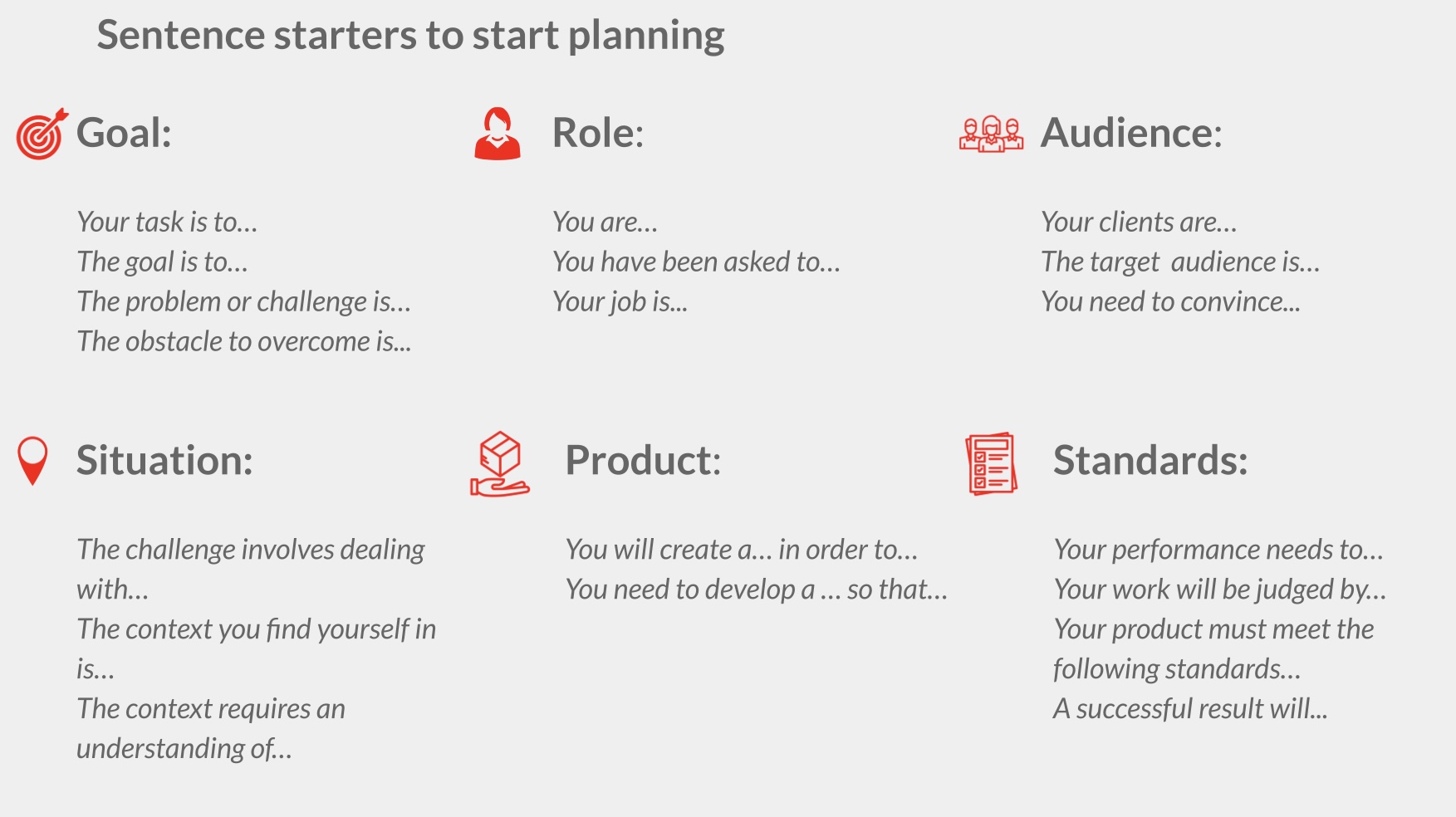1. In my past teaching of Research Methodology (CCMRM801), I have not used the GRASPS, but I assessed students using the development and evaluation of research proposals. Students were required to identify real-world research gaps, formulate problem statements, design research methodologies, and structure their proposals following RP academic writing standards/Guidelines. This assessment prepared them for actual research work, as they had to justify their methodological choices and demonstrate their ability to conduct Capstone project as their Final research.
2. Authentic
Assessment for CCMRM801 – Research Methodology
(Using the GRASPS Model)
Goal:
Students will develop and present a comprehensive research proposal that
demonstrates their ability to identify research gaps, design an appropriate
methodology, and structure an academic research report. The proposal should
address a real-world research challenge within Food Technology.
Role:
You are a research scientist preparing to conduct an independent study. Your
task is to convince a funding body (instructors and peers) that your research
is valid, necessary, and feasible.
Audience:
Your audience includes research committee members (instructors), potential
collaborators (peers), and stakeholders interested in the advancement of Food
Technology.
Situation:
You are competing for research funding and must demonstrate the significance of
your research idea. You need to justify why your study is important, how it
will be conducted, and how it contributes to scientific knowledge.
Product/Performance:
Students will develop and submit:
- A
Written Research Proposal (60%)
- Problem
Identification (20%): Define a research gap
and formulate a problem statement, objectives, and hypothesis.
- Research
Design (30%): Select and justify
research methods, sampling techniques, data collection procedures, and
statistical analysis methods.
- Academic
Writing (10%): Use proper formatting,
citation styles, and clarity in writing.
An
Oral Research Proposal Defense (40%)
- Presentation
Skills (15%): Clear and structured
delivery with effective use of visual aids.
- Content
Knowledge & Justification (25%):
Ability to explain the research design and answer critical questions
convincingly.
Standards for Success (Rubric):
- The
research problem is clearly identified, relevant, and justified.
- The
methodology is appropriate and aligns with research objectives.
- The
proposal is well-structured, with proper citation and academic integrity.
- The
presentation is engaging, well-organized, and professionally delivered.
- The
student effectively responds to questions and defends their research
choices.
